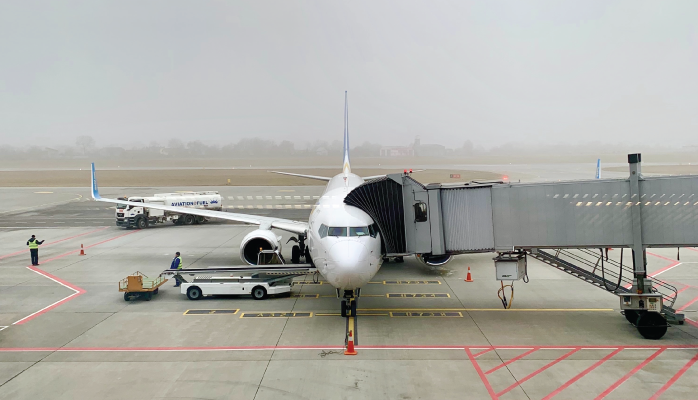What Is Participation in Your SMS

Employee participation in your aviation SMS is critical to its maintainability. We do this over and over, where the SMS is being pushed by one person and when that person leaves, the program falls apart.
One of the primary goals of generating good involvement is creating a sustainable SMS.
Participation is a word that is often lost on service providers.
- What does it mean?
- What does it look like?
- How do I know if my SMS has it?
These are good questions. And you should have good answers for them.
Here are 5 basic ways employees should be participating in your SMS. There are other ways to participate as well, but these six outline the performance-critical ways.
Employees Are Reporting Issues
Hazard reporting is the most important and basic way employees should be participating in your program. Your SMS performance quite literally rests on the hazard reports that come in. Hazard reporting participation should:
- At the very least, include “mandatory” issues that your company defines;
- Ideally include “voluntary” issues; and
- All employees reporting – we recommend a good goal is averaging
- one report
- per employee
- per month
When employees report issues, they naturally tend to participate in other ways. For example, it demonstrates a willingness to:
- Give feedback;
- Be concerned with safety; and
- Be receptive to new information about safety.
Participating in Aviation Safety Training
Aviation safety training regimens offer another good way for employees to participate in your SMS. Participation should be two-fold:
- They complete the training regimen; and
- They actually listen/pay attention to the material.
Ensuring that employees complete aviation safety training is easy. It’s more difficult to ensure that they pay attention. End-of-course assessments are a good way to verify this.
Related Articles on Aviation SMS Training
- What Is Aviation Safety Training in Aviation SMS - Includes Videos to Use
- Most Important Safety Training in Aviation Risk Management
- How Aviation Safety Articles Satisfy Recurring SMS Training Requirements
Reviewing Your Safety Policy at Least Once Per Year

Another best practice we highly recommend encouraging employee participation in your aviation SMS is to require a yearly review of:
- Aviation safety policies;
- Aviation safety procedures; and
- Aviation duties and responsibilities.
This helps keep employees grounded in your Safety Policy as well as their role in your SMS. Having very clear boundaries and expectations for roles is very helpful for communicating to employees HOW they should be participating.
Employees Using Checklists
Employees who actively use checklists without skipping items or cutting corners is another good way for employees to interact directly with your SMS.
This is a fact that many safety managers overlook. But safety managers design these checklists to comply with safe behavior and with SMS guidelines, so when employees follow checklists they are behaving exactly in line with SMS expectations.
Corrective Actions Are Completed on Time
Corrective preventative actions are generally facilitated by department heads or other subject-matter experts and performed by employees. Common signs of resistance to the SMS and lack of participation are:
- Corrective actions never completed;
- Corrective actions consistently completed late; and
- Corrective actions not being assigned/created, such as being taken care of “off the books.”
Corrective actions completed on time show that:
- Department heads value continuous improvement;
- Employees see the need for safety to be improved quickly; and
- Upper management supports the SMS (and doesn’t put up with “off the books”).
Related Articles on Corrective Actions in Aviation SMS
- What Is a Corrective Action in Aviation SMS?
- Tips Tying Corrective Action Preventive Action to Hazard Register
- All Corrective Preventative Actions Not Created Equal: Initial Mitigating Actions
Final Thought: 3 Ways to Encourage Participation
Encouraging participation doesn’t have to be difficult. Here are a few ways to encourage participation:
- Take safety surveys to understand:
- To what employees are resistant, and
- Why they are resistant.
- Safety managers should work hard to:
- Be well known in the company, and
- Be respected as an “expert” or “amiable” person
- Work hard to communicate the benefits of the SMS for all employees
- Communicate as much safety information as you are willing
Last updated in March 2025.






